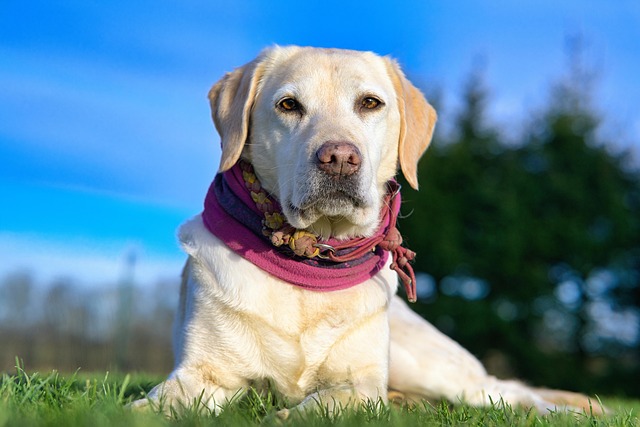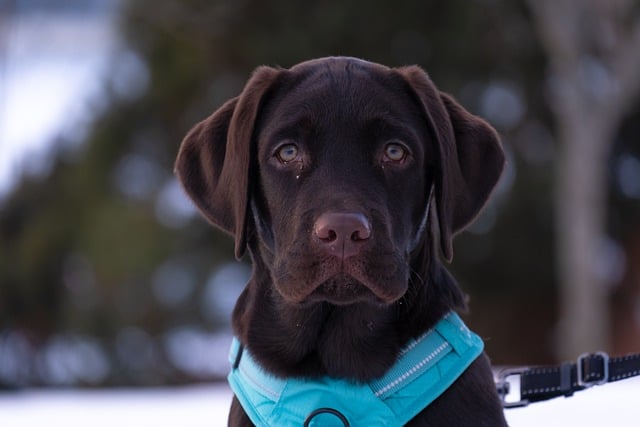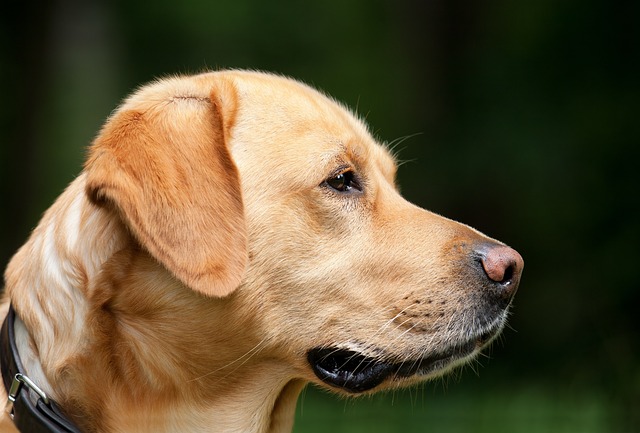
How do i train my dog to be obedient?
Watching your dog dart across the park ignoring your calls isn’t just frustrating—it can put them at risk near busy streets or public spaces.
Training a dog to pick up toys not only enables the dog to learn an interesting skill but also enhances the interaction and emotional connection between you and the dog. Watching the dog happily bring the toy to you is sure to fill your heart with joy. So, how exactly can you train your dog to learn to pick up toys?
First of all, it is necessary to choose the right training time. When dogs are full of energy and in a good mood, they are often more willing to cooperate with the training. In the morning or evening, right after the dog has finished a walk, when it has exercised its body and is full of vitality, it is a good time for training. At the same time, a quiet environment with few distractions is also very important, so that the dog can focus more on your commands. If it is too noisy around, the dog's attention will be easily distracted, which is not conducive to the implementation of the training.
Selecting the appropriate toy is crucial. Different dogs have different preferences for toys. Some dogs like plush toys, and they can't put down the soft touch; some dogs are fond of rubber toys, which are elastic when bitten and not easy to be damaged. You can prepare several different types of toys and observe which toy the dog shows the greatest interest in. Once you find the toy that the dog particularly likes, use this toy as a training prop, which can greatly increase the dog's enthusiasm for participating in the training.
Next, enter the first step of training - establishing an interest in the toy. Shake the selected toy in front of the dog to attract its attention. Talk to the dog in an excited tone, for example, "Look, this is a fun toy!" Let the dog feel your enthusiasm for the toy, thus stimulating its curiosity. After the dog's gaze is attracted by the toy, gently throw the toy a short distance. Note that at the beginning, don't throw it too far, and make sure that the dog can easily reach the location of the toy. Out of instinct, the dog may run towards the toy. If it successfully runs to the toy, immediately give praise, such as gently stroking its head and saying "You're so great!" in a cheerful tone. At this stage, there is no need for the dog to pick up the toy; it's just to let it get familiar with the presence of the toy and the process of chasing the toy.
 When the dog gradually gets used to chasing the toy, you can guide it to pick up the toy. When the dog runs to the toy, point to the toy with your finger and issue a clear and concise command at the same time, such as "Pick it up". If the dog doesn't respond, you can demonstrate the action of picking up the toy yourself to let the dog understand your intention. Some dogs may need multiple demonstrations before they imitate. When the dog finally picks up the toy, give it a great deal of encouragement. In addition to verbal praise and stroking, you can also give it a small piece of delicious snack as a reward. Dogs are very smart animals, and they will quickly understand that picking up the toy can get the owner's praise and delicious food, so they will be more willing to repeat this action.
When the dog gradually gets used to chasing the toy, you can guide it to pick up the toy. When the dog runs to the toy, point to the toy with your finger and issue a clear and concise command at the same time, such as "Pick it up". If the dog doesn't respond, you can demonstrate the action of picking up the toy yourself to let the dog understand your intention. Some dogs may need multiple demonstrations before they imitate. When the dog finally picks up the toy, give it a great deal of encouragement. In addition to verbal praise and stroking, you can also give it a small piece of delicious snack as a reward. Dogs are very smart animals, and they will quickly understand that picking up the toy can get the owner's praise and delicious food, so they will be more willing to repeat this action.
After the dog picks up the toy, you also need to train it to bring the toy back to your hand. This step also requires patient guidance. When the dog has the toy in its mouth, extend your hand to it and issue the command "Give it to me". If the dog doesn't take the initiative to put the toy in your hand, you can gently pinch a part of the toy with your fingers, emphasize "Give it to me" again, and then slowly take the toy from the dog's mouth. The moment you take the toy, be sure to praise the dog again. After several such trainings, the dog will gradually learn to bring the toy back to you actively.
During the training process, some problems may be encountered. For example, the dog suddenly loses interest in the toy, which may be because the training time is too long and the dog feels tired or bored. At this time, you need to pause the training, let the dog rest for a while, or change to a toy it likes and continue the training. Some dogs may be unwilling to give you the toy after picking it up, which may be because they regard the toy as their treasure and are reluctant to let go. In such a situation, don't forcefully snatch the toy. Instead, use something more attractive, such as a more delicious snack, to lure the dog to exchange the toy.
As the training progresses, you can gradually increase the difficulty. For example, you can throw the toy farther and farther, or conduct the training in different environments, so that the dog can learn to pick up the toy following the command in various situations. At the same time, keep reinforcing the skills that the dog has learned and conduct review training regularly to prevent the dog from forgetting.
Training a dog to pick up toys is a process full of fun and challenges. In this process, you need to pay enough patience and love. Every time the dog successfully completes the command, it is a manifestation of its hard work in learning and its trust in you. Through such training, you can not only have a smart dog that can pick up toys but also establish a deep and intimate emotional bond with it, making your time together more wonderful.

Watching your dog dart across the park ignoring your calls isn’t just frustrating—it can put them at risk near busy streets or public spaces.

New puppy owners often find themselves rushing to clean up accidents before they set in, and that’s where puppy pad training becomes a game-changer.

If you've noticed your dog's waistline disappearing and your veterinarian has mentioned those few extra pounds, your first instinct might be to simply reduce the amount of food in their bowl.

Training a dog to use a designated spot indoors isn’t as daunting as many new owners fear, but it does take consistency and an understanding of your pet’s needs.

That moment of dread on a walk is all too familiar for many new dog owners. You see another dog approaching down the sidewalk of your neighborhood

If the sight of another dog on your neighborhood walk makes your heart sink as your own dog erupts into a frenzy of barking and lunging, you're not alone.